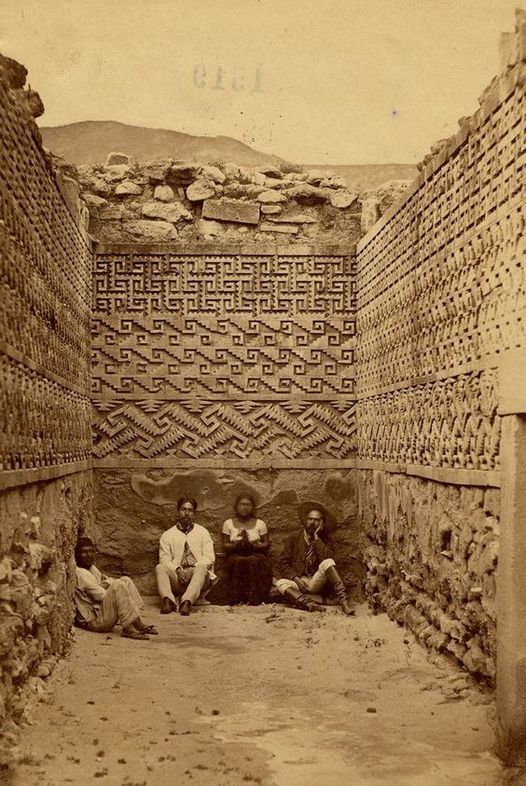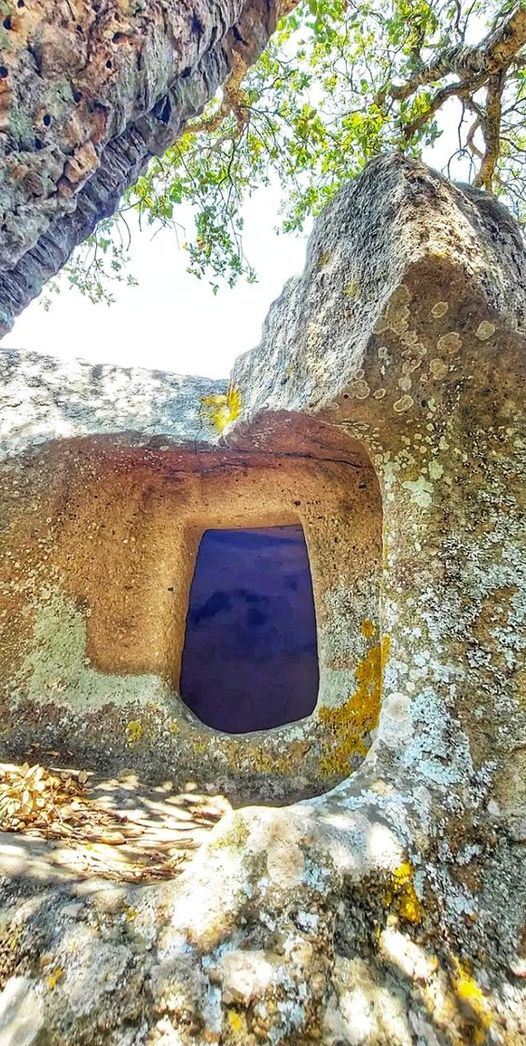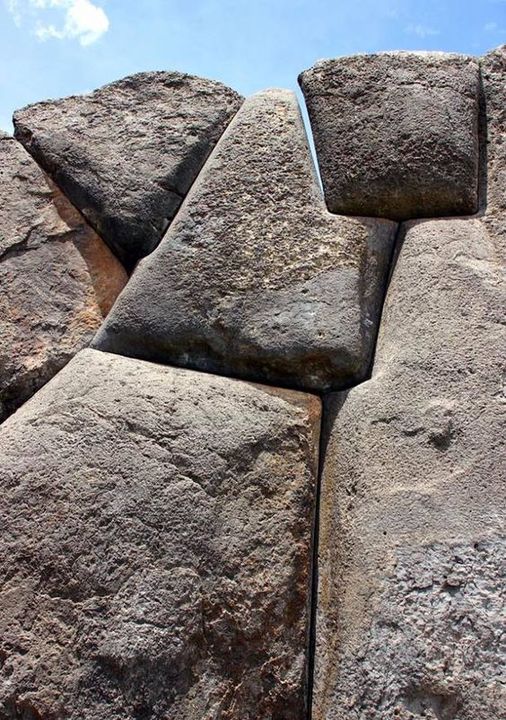In the realm of archaeology, every discovery is a window into the past, offering glimpses of ancient civilizations and the innovative minds of our ancestors. Among the most intriguing artifacts unearthed from prehistoric times is the Acheulean handaxe found in West Tofts, Norfolk. Dating back to an astonishing 500,000-300,000 years ago, this remarkable piece of stone tool technology showcases not only the functional ingenuity of early humans but also hints at the emergence of artistic expression in our distant past.
A Testament to Ancient Ingenuity: The Acheulean Handaxe

Crafted by early Homo sapiens during the Lower Paleolithic period, the Acheulean handaxe represents a milestone in human evolution. Characterized by its symmetrical teardrop shape and finely knapped edges, this versatile tool served a multitude of purposes, from hunting and butchering to woodworking and processing plant materials. However, what sets this particular handaxe apart is its unique incorporation of a fossil shell, meticulously flaked around and preserved in a central position. This deliberate manipulation suggests a level of artistic thought and symbolic significance beyond mere functionality.
Unraveling the Mystery: The Maker's Intentions

The inclusion of the fossil shell in the design of the Acheulean handaxe raises intriguing questions about the intentions of its maker. Was it crafted for purely utilitarian purposes, or does its elaborate construction hint at a deeper symbolic meaning? Some archaeologists speculate that the shell may have held cultural or religious significance for the ancient inhabitants of West Tofts, serving as a talisman or offering in rituals and ceremonies. Others suggest that it could have been a demonstration of skill and craftsmanship, showcasing the maker's ability to manipulate materials with precision and finesse.
The Intersection of Function and Art: Early Examples of Artistic Expression
Regardless of its intended purpose, the Acheulean handaxe from West Tofts provides compelling evidence of early artistic expression among our prehistoric ancestors. By integrating natural elements such as the fossil shell into their tools, early humans demonstrated a sophisticated understanding of their environment and a capacity for symbolic thinking. This intersection of function and artistry offers a fascinating glimpse into the minds of our ancient relatives, shedding light on their creativity, resourcefulness, and cultural practices.
Conclusion:
As we marvel at the Acheulean handaxe from West Tofts, we are reminded of the enduring legacy of our ancestors and the rich tapestry of human history. This extraordinary artifact not only serves as a testament to the ingenuity and adaptability of early humans but also challenges our perceptions of prehistoric societies. By studying and analyzing such archaeological treasures, we gain valuable insights into the evolution of human behavior, technology, and culture, enriching our understanding of the past and shaping our vision of the future.
Archaeological Insights:
The discovery of the Acheulean handaxe from West Tofts, Norfolk, provides valuable insights into the artistic capabilities and cultural practices of early Homo sapiens. By examining the intricate details of this ancient artifact, archaeologists can piece together the puzzle of human evolution and unravel the mysteries of our prehistoric past. Through careful analysis and interpretation, we can gain a deeper understanding of the complex interplay between functionality and symbolism in the material culture of our ancestors, shedding light on the origins of artistic expression and creativity in the human story.






